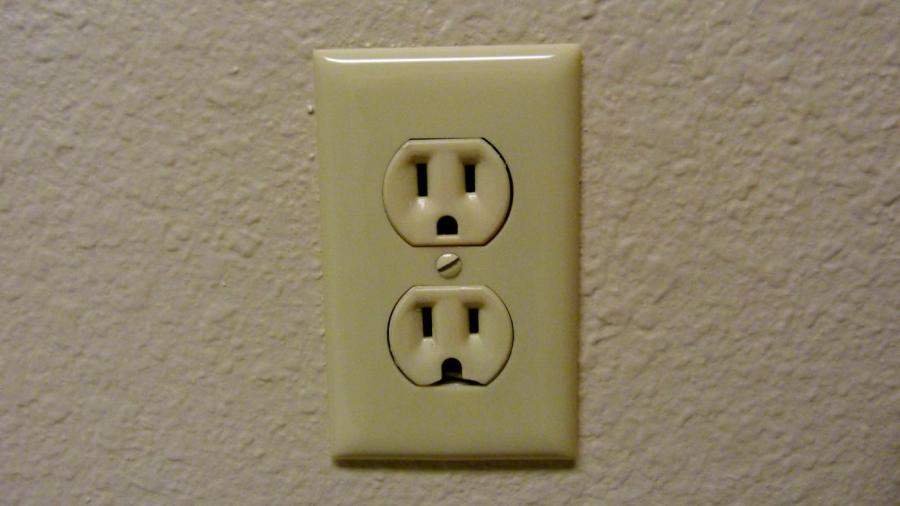What Is the Relationship Between Energy and Power?

Power is the rate at which work is done, and energy is the capacity for doing work. Energy is often expressed in kilowatt-hours, and power is often expressed in kilowatts.
A simple way of understanding the relationship between work, power and energy involves turning a bolt inside a tight nut using a wrench. Work is defined as force multiplied by the distance over which the force is acting. Each time the wrench is pushed with a certain force over a certain distance, work is performed. To turn a hypothetical bolt 90 degrees requires a certain amount of work. This work can be achieved, for example, with a long wrench moved with a small force over a long distance, or with a short wrench moved with a large force over a short distance.
In this example, the power equals the rate at which the work is performed, so if one turns the bolt 90 degrees every 10 seconds, the power is twice that produced by turning the bolt 90 degrees every 20 seconds. The power is the same whether one uses a long wrench with little force or a short wrench with a lot of force, as long as the bolt is turned at the same rate – for example, 90 degrees every 10 seconds.
If an electric motor is turning the bolt, then the total flow of electricity can be measured in kilowatt-hours, and this equals the energy. The power of the electric motor is the rate at which the energy is released. To turn the bolt four revolutions requires the same energy whether performed in 1 second with high power or in 100 seconds with low power.
An everyday example of energy and power involves automobiles. Automotive engines are characterized by their maximum power output, measured in horsepower or kilowatts. The maximum power output of the engine broadly informs the customer of the performance of the vehicle, such as how quickly it can overtake another vehicle while moving at highway speeds or the top speed it can reach, because it describes the maximum rate at which work is performed. The fuel tank capacity of the vehicle is usually measured in gallons to describe the volume of fuel storage, but it could be expressed in kilowatt-hours to describe the chemical energy capacity of fuel.
In the case of an automobile, energy can simply be thought of as the amount of fuel in the tank, and power can be thought of as how far the foot is depressing the accelerator.





